I am defending my PhD thesis next Thursday (September 10, 2015) at 11.30am in the Sala d´Actes “Carles Miravitlles” of the Institut de Ciències de Materials de Barcelona (ICMAB), Campus UAB. The title of my thesis is “Metabolomics and stoichiometry adapted to the study of environmental impacts on plants” and below you can find an abstract of the work. If you are interested you are very welcome.
Metabolomics has allowed significant advances in biological sciences. An increasing number of ecological studies have applied a metabolomic approach to answer ecological questions (ecometabolomics) during the last few years. The work developed throughout this PhD thesis means a further step in the field of ecometabolomics. Continue reading PhD Thesis Defense: Metabolomics and stoichiometry adapted to the study of environmental impacts on plants. PhD Thesis by Albert Gargallo Garriga
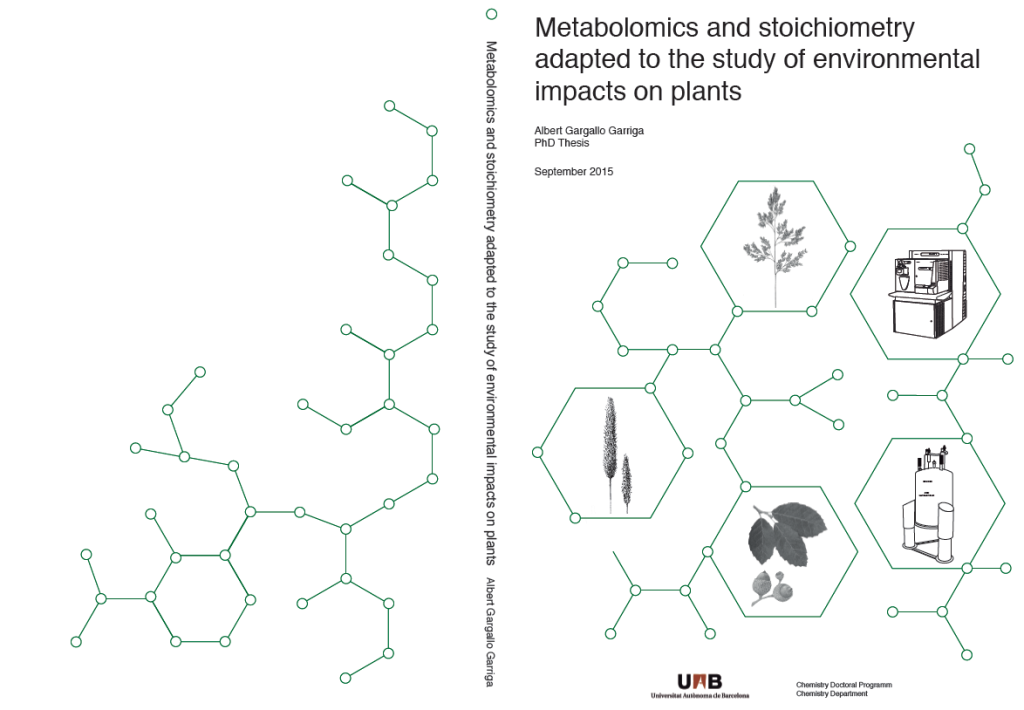
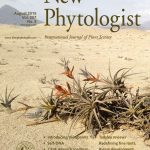
 erentially influences the effects of drought on stoichiometry and metabolomics in shoots and roots” by Albert Gargallo-Garriga, Jordi Sardans,
erentially influences the effects of drought on stoichiometry and metabolomics in shoots and roots” by Albert Gargallo-Garriga, Jordi Sardans, 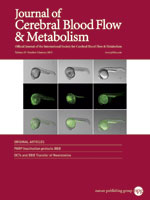
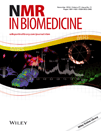
 “Opposite metabolic responses of shoots and roots to drought” by Albert Gargallo-Garriga, Jordi Sardans,
“Opposite metabolic responses of shoots and roots to drought” by Albert Gargallo-Garriga, Jordi Sardans, 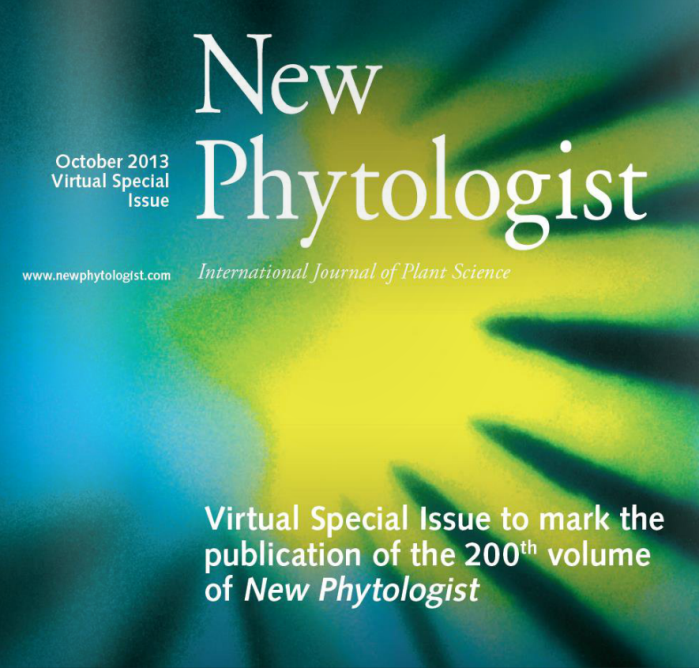 Albert Rivas-Ubach, Albert Gargallo-Garriga, Jordi Sardans, Michal Oravec, Laia Mateu Castell,
Albert Rivas-Ubach, Albert Gargallo-Garriga, Jordi Sardans, Michal Oravec, Laia Mateu Castell, 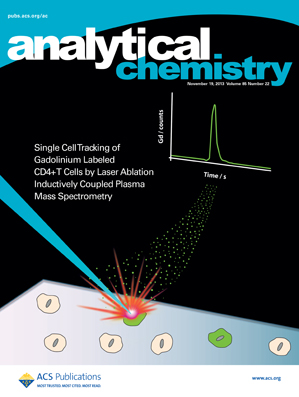
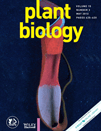
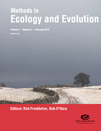
 “Brain magnetic resonance in experimental acute-on-chronic liver failure” by L. Chavarria, M. Oria, J. Romero-Giménez, J. Alonso,
“Brain magnetic resonance in experimental acute-on-chronic liver failure” by L. Chavarria, M. Oria, J. Romero-Giménez, J. Alonso,